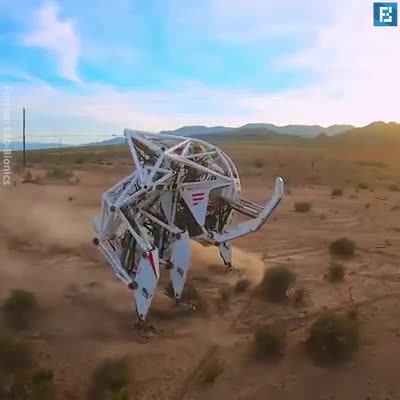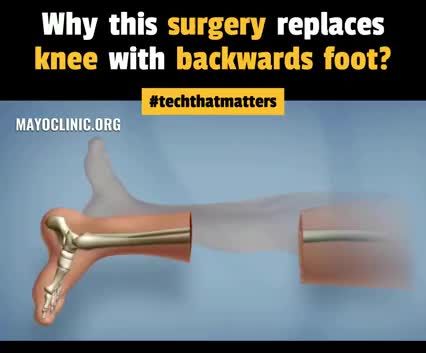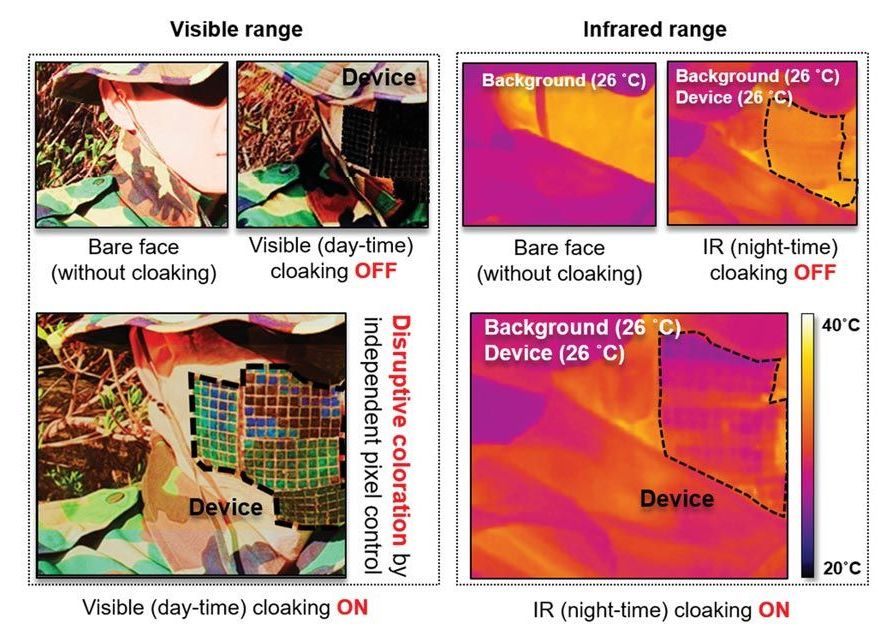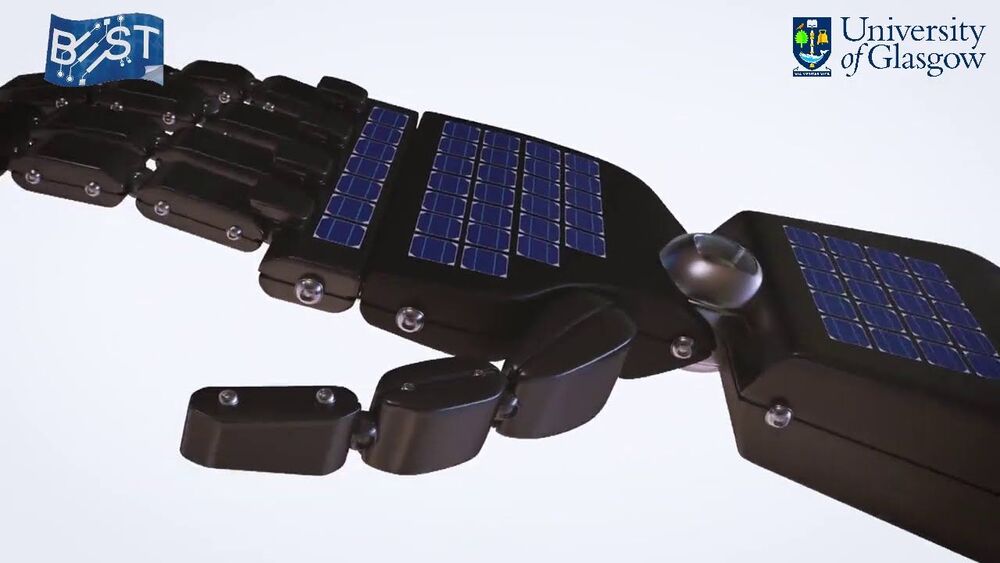This Giant Four-Legged Robot Is Like Something Out Of A Science Fiction Film!! 😍 🤖
Category: cyborgs – Page 55
Rotationplasty is a bone cancer surgery for children that replaces the knee with a backwards foot so it can function as a knee joint for a prosthesis…
I just read an incredible post about Transhumanism by Francesco Neo Amati, CM of Transhumanism: The Future of Humanity.
What an excellent representation of how pragmatic and collaborative our community can be. People like Francesco Neo Amati are the reason why I call myself a Transhumanist…
“Community Announcement:
The following will address the purpose of our community as outlined in the Pinned Post and to dispel common misconceptions of Transhumanism by clarifying what it is and what it isn’t.
I have no desire in being a ‘leader’ in the Transhumanism community. I merely hope to be and remain a credible educator/resource, passionate advocate, and a voice of reason for the movement.
The French armed forces now have permission to develop “augmented soldiers” following a report from a military ethics committee.
The report, released to the public on Tuesday, considers medical treatments, prosthetics and implants that improve “physical, cognitive, perceptive and psychological capacities,” and could allow for location tracking or connectivity with weapons systems and other soldiers.
Hackers with possible links to Iran appear to have breached an unprotected human-machine interface system at an Israeli water reservoir that connected directly to the internet and lacked security protocols, according to industrial cybersecurity firm Otorio.
See Also: Live Webinar | Securing Mobile Endpoints to Protect IP in the Pharma Industry
The security firm reports that the alleged Iranian hacking group, referred to as “Unidentified TEAM,” published a video of the attack on an unnamed reclaimed Israeli water reservoir human-machine interface (HMI) system, which did not require any authentication to access and modify the system. This allowed the threat actors to tamper with the water pressure, change temperatures and more.
Invisible troops are closer than you think! Check out the next-gen ‘artificial skin’ of future warfare.
Scientists from around the world are developing robotic skin that helps machines gain the sense of touch. It’s estimated that robots will displace 20 million human workers by 2030.
Thermally controlled, active imperceptible artificial skin in visible-to-infrared range.
Cephalopods’ exceptional ability to hide into any background has inspired researchers to replicate their fascinating ability to camouflage in the infrared (IR) and visible spectrum. Recent advances offered a number of physical mechanisms to reproduce the cloaking functionalities of cephalopods. However, most of works focused on either camouflaging in the visible or IR camouflage range only: not dual modes in a single device structure that can readily switch between the visible and IR mode according to a suitable situation.
Recently, Prof. Seung hwan Ko’s group in Seoul National University in Republic of Korea demonstrated the visible-to-IR active ands camouflage skin that provides an on-demand cloaking platform both in daylight and at night with a single input variable: Temperature (T). The soft thermoelectric device that is capable of active cooling and heating serves as a backbone structure to fine-tune the surface of each pixel and thereby enables thermal camouflage in the IR range by matching the ambient temperature. The Ko’s group further extended the camouflage range to the IR-to-visible spectrum by incorporating thermochromic liquid crystal at the surface that changes light reflectance ® based on the device temperature, enabling the expressing a variety of colors by controling temperature. The camouflage system as a whole encompasses the two independent spectrums into a ‘full spectrum’ with a single soft structure by controlling temperature.
A new type of energy-generating synthetic skin could create more affordable prosthetic limbs and robots capable of mimicking the sense of touch, scientists say.
In an early-view paper published in the journal IEEE Transactions on Robotics, researchers from the University of Glasgow describe how a robotic hand wrapped in their flexible solar skin is capable of interacting with objects without using dedicated and expensive touch sensors.
Instead, the skin puts the array of miniaturized solar cells integrated on its soft polymer surface to a clever dual use. The cells generate enough energy to power the micro-actuators which control the hand’s movements, but they also provide the hand with its unique sense of ‘touch’ by measuring the variations in the solar cells’ output.









